The Brown Pelican is a dusty brown color with yellow-tinged head, long beak, and leathery pouch. This bird lives throughout the coasts of North, Central, and South America. They are incredibly common, widespread, and well-known across their range. This is particularly wonderful because in the 1960s their populations were dangerously low. Read on to learn about the Brown Pelican.
Description of the Brown Pelican
Brown Pelicans are, you guessed it, brown! Juvenile birds are uniformly brown in color, and adults are lighter brown, with white heads, tinged with yellow. They have incredibly long beaks, which have leathery pouches attached to their lower jaws.
All pelicans are quite large, and Brown Pelicans are no exception. Their wingspan is up to 6.5 feet across, and they frequently weigh over 10 pounds.
Interesting Facts About the Brown Pelican
Pelicans are undeniably interesting-looking birds. Brown Pelicans are common and easy to recognize, learn what makes the unique below.
- Pesticide Problem – In the 1940s, humans developed a number of new pesticides, including the pesticide DDT. Pollution from these pesticides, particularly DDT, wreaked havoc on many different ecosystems. When the DDT washed into lakes, rivers, and ponds, it infected the fish and other aquatic animals. When birds ate these fish, they became sick.
- DDT Threat – One of the most detrimental effects of DDT was the thinning of eggshells. Birds that consumed DDT laid eggs that were so thin they could not incubate them without breaking them. Pelicans, peregrine falcons, anhingas, bald eagles, ospreys, and many other species declined until we outlawed this pesticide.
- Don’t Tread on Me – Thinning eggshells was a particular problem for pelicans because they incubate their eggs with their feet. Essentially, the birds nearly stand on their eggs, and lay their webbed feet over the tops of the eggs to warm them.
- High Speed Diving – While hunting for fish, pelicans dive at incredible speeds straight into the water. Some dive from as high as 60 feet above the surface of the water! While diving, they fold back their wings, and twist slightly to the left. Researchers believe that this behavior helps protect their trachea, which is on the right side of their neck.
Habitat of the Brown Pelican
These birds live along the coast, primarily in the ocean and estuaries. They normally do not range very far from the shore, and usually remain within 20 miles of the coastline.
Brown Pelicans also stop to rest their wings, or roost. Their favorite roosting sites are mangroves, islands, sandbars, docks, jetties, and more. Most breeding colonies live on small, uninhabited islands.
Distribution of the Brown Pelican
Brown Pelicans live along the coasts of North, Central, and South America. Their populations inhabit both the eastern and western coasts. On the west coast, their populations extend from Oregon along the coast to Central and northern South America. They range along the east coast of the United States, south into the Gulf of Mexico, along the surrounding islands, and into South America.
Diet of the Brown Pelican
As seabirds, pelicans feed primarily on fish and small aquatic creatures. They catch fish primarily by diving from the air into the water. Once the bird hits the water, it extends its long neck and opens its mouth and pouch to trap mouthfuls of fish.
Other seabirds sometimes attempt to steal the fish from its mouth while its pouch is still full of water. They eat herring, sardines, anchovies, and other small fish.
Brown Pelican and Human Interaction
Humans hunt pelicans for their meat, feathers, and eggs. We also indirectly impact these birds with pollution, habitat destruction, and overfishing. Though more minor than the other impacts, pelicans also become entangled in fishing line and nets, and become trapped in oil spills.
Thankfully, through numerous protection efforts, these birds successfully bounced back from the brink of extinction. The IUCN currently lists them at Least Concern.
Domestication
Humans have not domesticated pelicans in any way.
Does the Brown Pelican Make a Good Pet
No, pelicans do not make good pets. These seabirds are quite large, and eat lots of fish. What must go in must come out, and pelican poop is incredibly foul. Additionally, it is illegal in most places to own a Brown Pelican as a pet.
Brown Pelican Care
Sadly, sometimes humans accidentally (or purposefully) injure Brown Pelicans. When the birds’ injuries prevent them from surviving in the wild, some zoos and aquariums take the birds in.
These Pelicans in zoos are important ambassadors for their wild counterparts. Zookeepers teach zoo visitors about the importance of protecting their habitats and other potential impacts on pelicans.
Behavior of the Brown Pelican
Most Brown Pelicans are diurnal, and hunt for fish during the day. When they are not fishing, they rest and dry their wings on a nice sunny dock or piling. These birds usually live in groups, called flocks, which fly and forage together.
The pelicans in some areas migrate seasonally, but others do not need to migrate. However, when the breeding season arrives, they become territorial of their nest.
Reproduction of the Brown Pelican
Brown Pelicans breed with a single mate when they reproduce, but they do not continue to seek the same mate year after year. The pair builds their nest together, and defends it from rivals and predators. The female lays an average of three eggs, and both parents incubate the eggs for about a month.
The newly hatched chicks are fully dependent on their parents, and do not gain independence until they are about three months old.

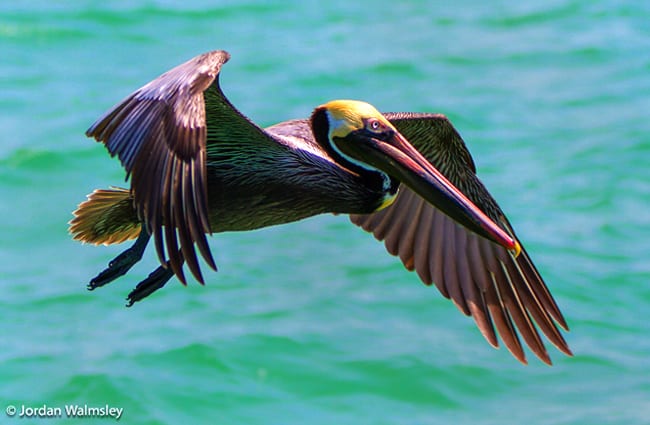
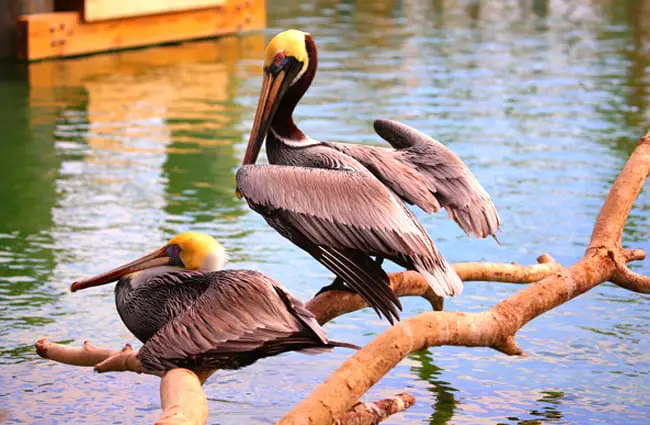
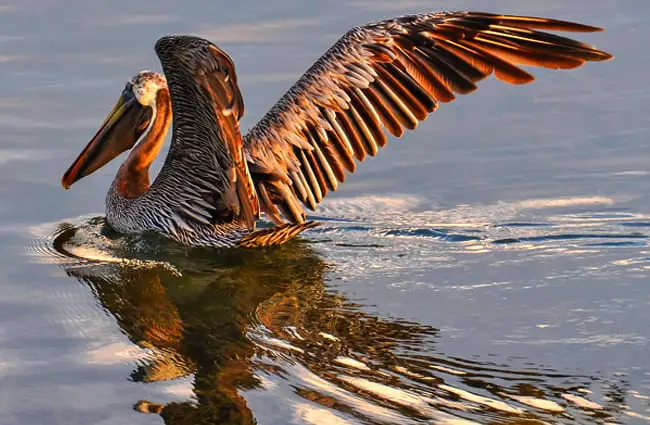
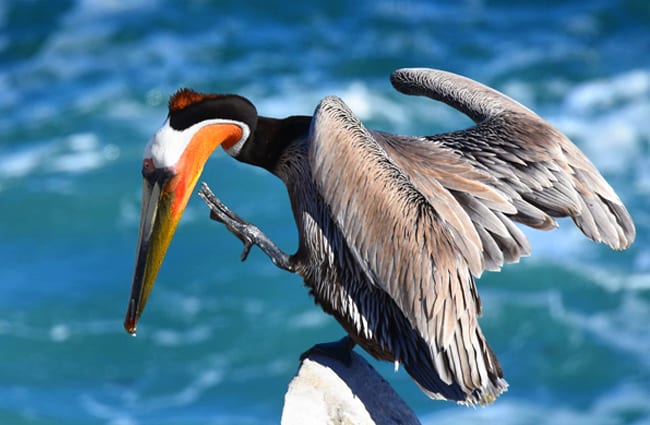
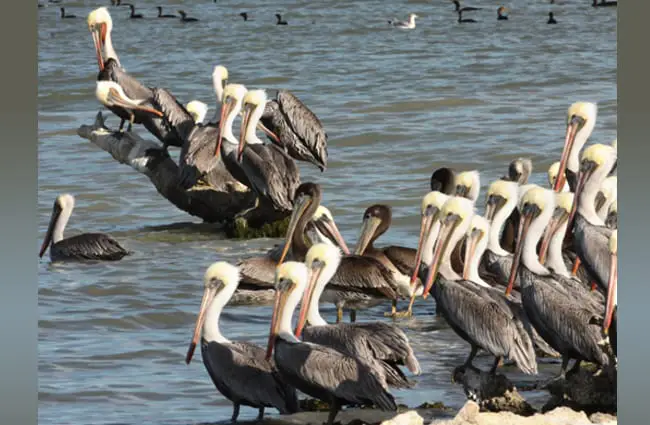

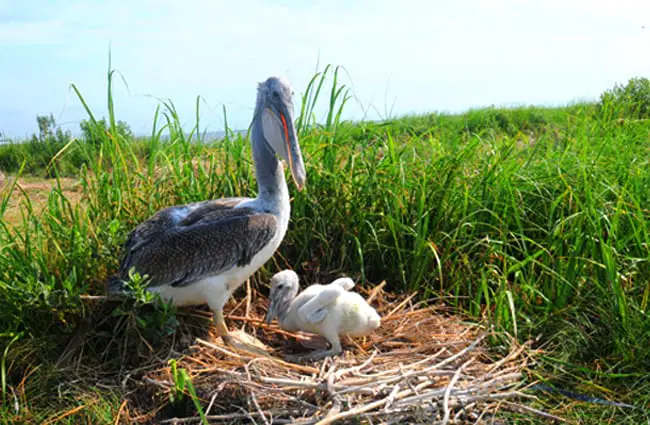



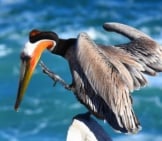
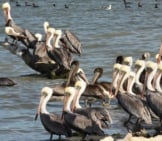


![Red Angus Closeup of a beautiful Red Angus cowPhoto by: U.S. Department of Agriculture [pubic domain]https://creativecommons.org/licenses/by/2.0/](https://animals.net/wp-content/uploads/2020/03/Red-Angus-4-238x178.jpg)






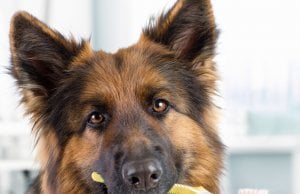
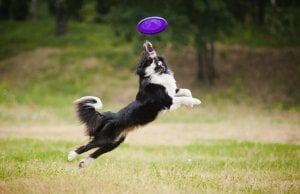


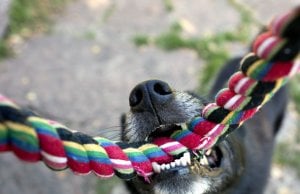

![Red Angus Closeup of a beautiful Red Angus cowPhoto by: U.S. Department of Agriculture [pubic domain]https://creativecommons.org/licenses/by/2.0/](https://animals.net/wp-content/uploads/2020/03/Red-Angus-4-100x75.jpg)

